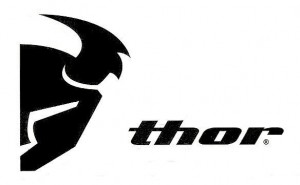On July 17 the Consumer Product Safety Commission refused to exempt or stay the coverage of crystals, rhinestones and glass beads under the Consumer Product Safety Improvement Act of 2008. Although lead has long been an ingredient in the manufacture of all true crystals, most rhinestones and many glass beads, there seems to be a dearth of actual real-life instances of children contracting lead poisoning from licking, chewing or swallowing these baubles, apparently because the lead in question, unlike lead in metallic form or in paint pigments, is bound to other substances and not “biologically available”. 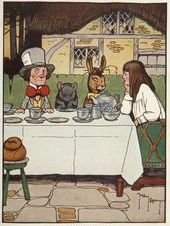 “Even if you have it in stomach acids for weeks it does not come out,” said Michael Gale, director of the Fashion Jewelry Trade Association, in one recent story. Gale’s trade group had petitioned (PDF) for the regulatory relief. (Earlier background in our March 7 and Feb. 25 posts).
“Even if you have it in stomach acids for weeks it does not come out,” said Michael Gale, director of the Fashion Jewelry Trade Association, in one recent story. Gale’s trade group had petitioned (PDF) for the regulatory relief. (Earlier background in our March 7 and Feb. 25 posts).
To a large extent the Commission’s hands were tied (PDF) by the absolutist, not to say fanatical, prescription of CPSIA itself, which directs that exemptions be turned down if they could lead to “any” — not “infinitesimal”, not “too small to worry about” — absorption of lead or public health risk. This point was recognized by both the commission’s career staff (PDF: “the staff would have recommended that the Commission not consider the product to be a hazardous substance to be regulated under the FHSA”) and by its three commissioners (Tenenbaum, Moore, Nord statements). CPSC Chairwoman Inez Tenenbaum, a Democrat, noted that the law “does not allow for the consideration of risk”. So it doesn’t matter that other jurisdictions, like Europe or California, may regulate this topic in a more realistic way, or that vast stocks of existing children’s clothing, from performance dance troupe outfits to 11-year-olds’ “blingwear”, will instantly be rendered worthless. It doesn’t even matter whether a kid’s health is at more risk (by way of traffic accidents) from being driven to the mall to buy a substitute garment than from going ahead and wearing the rhinestone-bedecked tiara or camisole in question (coverage: The Hill, ShopFloor, Manatt Phelps & Phillips, Rick Woldenberg, Way to Bow, Los Angeles Times).
As Commissioner Nancy Nord notes, the ban will inflict major economic losses, possibly extending to the disappearance of entire product lines, since consumers generally don’t like plastic substitutes for rhinestones as well as the real thing.  America’s costume jewelry industry is based in Rhode Island, and the Providence Journal has led with the most serious newspaper coverage (“Kids can’t wear rhinestones“) of last month’s decision, which as usual has been entirely ignored by the New York Times and various other large papers. More: Justin Katz at Rhode Island blog Anchor Rising (“So, the economy is struggling, right? Well, what better time to beginning banning products that are acknowledged to be safe and for which there’s an active market?”). For the effects of the ban on one well-known purveyor of kids’ clothes, Gymboree, see this March Washington Post report, as well as our March 23 account. Although the CPSC is making noises about concentrating its enforcement on products for kids 6 and under — a cutoff mentioned nowhere in the law — Rick Woldenberg thinks this is doomed to fail as a step toward reassuring businesses, however well-intentioned it may be, since the goods remain flatly illegal for kids 7-12.
America’s costume jewelry industry is based in Rhode Island, and the Providence Journal has led with the most serious newspaper coverage (“Kids can’t wear rhinestones“) of last month’s decision, which as usual has been entirely ignored by the New York Times and various other large papers. More: Justin Katz at Rhode Island blog Anchor Rising (“So, the economy is struggling, right? Well, what better time to beginning banning products that are acknowledged to be safe and for which there’s an active market?”). For the effects of the ban on one well-known purveyor of kids’ clothes, Gymboree, see this March Washington Post report, as well as our March 23 account. Although the CPSC is making noises about concentrating its enforcement on products for kids 6 and under — a cutoff mentioned nowhere in the law — Rick Woldenberg thinks this is doomed to fail as a step toward reassuring businesses, however well-intentioned it may be, since the goods remain flatly illegal for kids 7-12.

Hugh Hewitt (via Wood) draws a wider moral from politicians’ refusal to take responsibility for the series of disasters the law has brought about:
The refusal of Congress to move to clean up the mess it made with CPSIA also announces what will happen after Congress passes its magic wand over health care and blows up who knows what: nothing. Tough luck. Deal with it. They will all have campaigns to run which won’t want to focus on the new law’s failures and shortfalls.
At Forbes, meanwhile, Jeff Stier of the American Council on Science and Health points out that soil from the White House organic garden has higher concentrations of lead than many products banned under the new law.
PUBLIC DOMAIN IMAGES by illustrator Gordon Robinson from 1916 Samuel Gabriel & Sons reprint of Alice’s Adventures in Wonderland, courtesy ChildrensLibrary.org.
Filed under: CPSC, CPSIA, CPSIA and apparel/needle trades, Rhode Island
 to resolve class action over toy recalls; claimed value of settlement to class (vouchers, etc.) is something like $37 million [National Law Journal, Coughlin Stoia release; earlier] Note also Rick Woldenberg’s March analysis of one recall (recall of 436,000 units premised on two cans of bad paint).
to resolve class action over toy recalls; claimed value of settlement to class (vouchers, etc.) is something like $37 million [National Law Journal, Coughlin Stoia release; earlier] Note also Rick Woldenberg’s March analysis of one recall (recall of 436,000 units premised on two cans of bad paint). “the scary people behind the law” [Woldenberg]
“the scary people behind the law” [Woldenberg] difference between crony capitalism and the real kind [James DeLong, The American, with kind words for a certain “indispensable” website that’s covered the law]
difference between crony capitalism and the real kind [James DeLong, The American, with kind words for a certain “indispensable” website that’s covered the law]
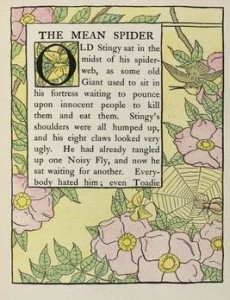 However, the CPSC has yet to issue promised guidance to libraries on pre-1985 books:
However, the CPSC has yet to issue promised guidance to libraries on pre-1985 books: A
A  “Even if you have it in stomach acids for weeks it does not come out,”
“Even if you have it in stomach acids for weeks it does not come out,”  America’s costume jewelry industry is based in Rhode Island, and the Providence Journal has led with the most serious newspaper coverage (“
America’s costume jewelry industry is based in Rhode Island, and the Providence Journal has led with the most serious newspaper coverage (“
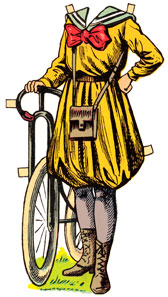
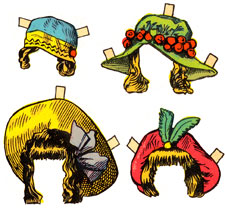
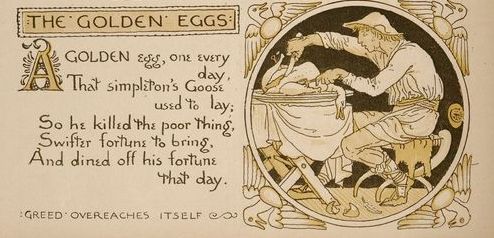 President Obama has nominated South Carolina lawyer and former schools commissioner
President Obama has nominated South Carolina lawyer and former schools commissioner 
